- Jul 12, 2018
- 9,342

|
OPERATION SERAPHIM |
TOP SECRET |
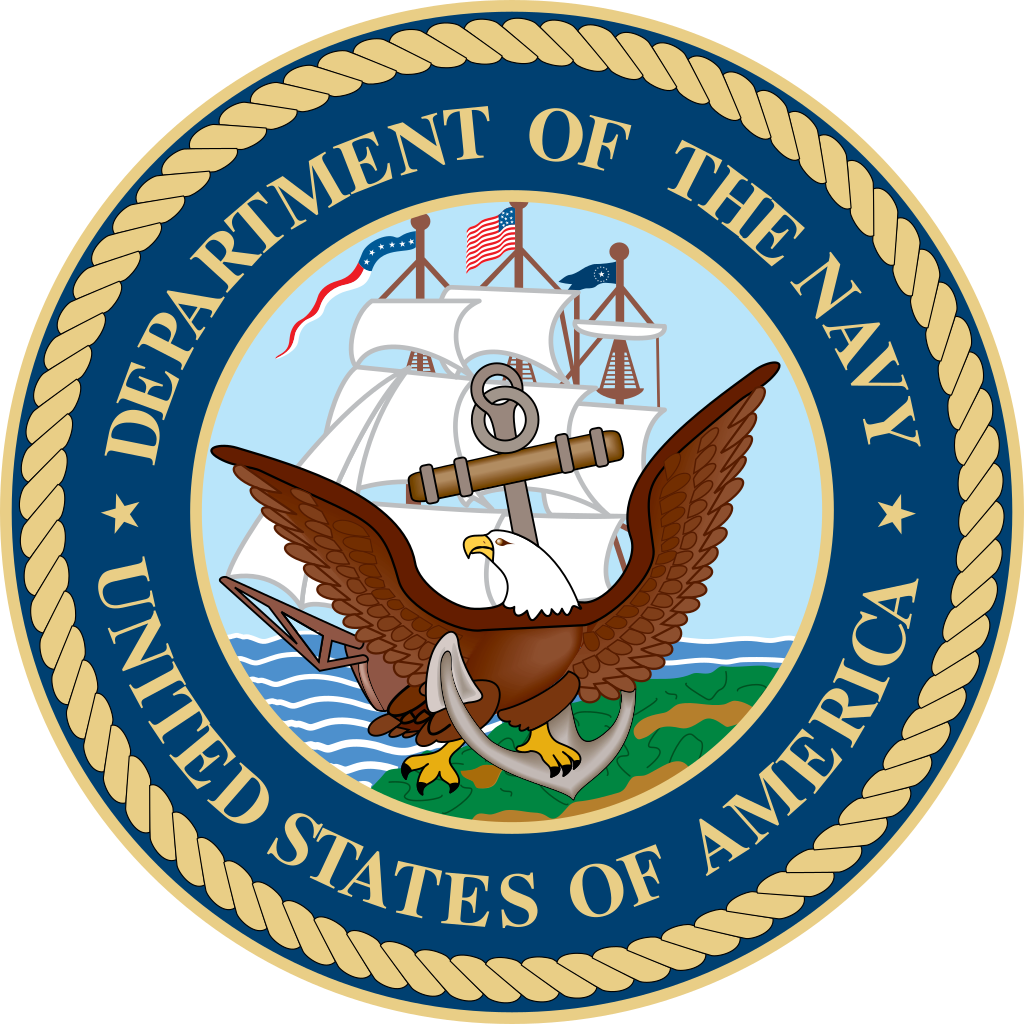
| 
NAVY DEPLOYMENT | 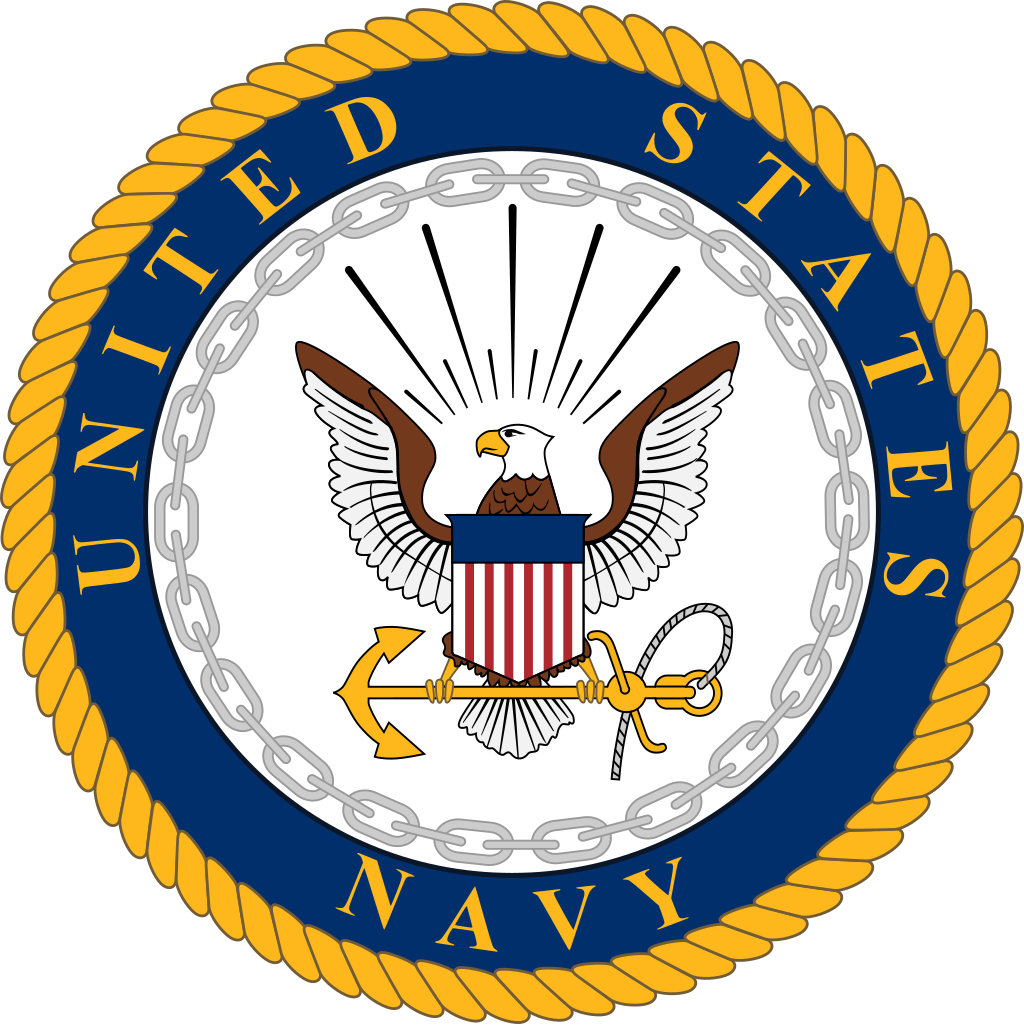
|
|
CARRIER STRIKE GROUP TWO
Rear Admiral Vance Thibodeaux
Rear Admiral Vance Thibodeaux
| SHIP CLASS | VESSEL | COMPLIMENT | HOME PORT |
| Nimitz-class Aircraft Carrier | USS Nimitz | Total: 4810 / Compliment: 3000 / Pilots: 250 / Air Wing: 1550 / 4 NCIS Special Agents / 2 USLHS Special Agents | Naval Support Activity Hampton Roads, Virginia |
| Ticonderoga-class Guided Missile Cruiser | USS Valley Forge | 330 | Naval Support Activity Hampton Roads, Virginia |
| Ticonderoga-class Guided Missile Cruiser | USS Antietam | 330 | Naval Support Activity Hampton Roads, Virginia |
| Ticonderoga-class Guided Missile Cruiser | USS Mobile Bay | 330 | Naval Support Activity Hampton Roads, Virginia |
| Arleigh Burke-class Guided Missile Destroyer | USS John S. McCain | 323 | Naval Support Activity Hampton Roads, Virginia |
| Arleigh Burke-class Guided Missile Destroyer | USS Ben N. Campbell | 323 | Naval Support Activity Hampton Roads, Virginia |
| Arleigh Burke-class Guided Missile Destroyer | USS Joe Lieberman | 323 | Naval Support Activity Hampton Roads, Virginia |
| Arleigh Burke-class Guided Missile Destroyer | USS Chris Dodd | 323 | Naval Support Activity Hampton Roads, Virginia |
| Arleigh Burke-class Guided Missile Destroyer | USS William Roth | 323 | Naval Support Activity Hampton Roads, Virginia |
| Spruance-class Destroyer | USS Hewitt | 334 | Naval Support Activity Hampton Roads, Virginia |
| Spruance-class Destroyer | USS Elliot | 334 | Naval Support Activity Hampton Roads, Virginia |
| Spruance-class Destroyer | USS Arthur W. Radford | 334 | Naval Support Activity Hampton Roads, Virginia |
| Supply-class Support Ship | USS Arctic | 600 | Naval Support Activity Hampton Roads, Virginia |
| Supply-class Support Ship | USS Bridge | 600 | Naval Support Activity Hampton Roads, Virginia |
| Henry J. Kaiser-class Replenishment Oiler | USNS John Lenthall | 113 | Naval Support Activity Hampton Roads, Virginia |
| Henry J. Kaiser-class Replenishment Oiler | USNS Andrew J. Higgins | 113 | Naval Support Activity Hampton Roads, Virginia |
ATTACHED-TASK FORCE BLUE
Rear Admiral Edward Gardner
Rear Admiral Edward Gardner
| SHIP CLASS | VESSEL | COMPLIMENT | HOME PORT |
| Wasp-class Amphibious Assault Ship | USS Wasp | Sailors: 1,070 / Marines Pilots: 88 / Marines: 333 / Soldiers: 1,200 / Operators: 66 / 2 NCIS Special Agents | Naval Support Activity Hampton Roads, Virginia |
| Sejong the Great-class Destroyer | USS Tim Hutchinson | 300 | Naval Support Activity Hampton Roads, Virginia |
| Sejong the Great-class Destroyer | USS Dale Bumpers | 300 | Naval Support Activity Hampton Roads, Virginia |
| Sejong the Great-class Destroyer | USS Dianne Feinstein | 300 | Naval Support Activity Hampton Roads, Virginia |
SUBMARINE SQUADRON TWO
Captain Richard O'Reilly
Captain Richard O'Reilly
| SHIP CLASS | VESSEL | COMPLIMENT | HOME PORT |
| Los Angeles-class Submarine | USS San Juan | 110 | Naval Submarine Base New London, Connecticut |
| Los Angeles-class Submarine | USS Pasadena | 110 | Naval Submarine Base New London, Connecticut |
| Los Angeles-class Submarine | USS Albany | 110 | Naval Submarine Base New London, Connecticut |
CARRIER AIR WING TWO
Captain Michael Bondar
Captain Michael Bondar
| Squadron | Aircraft | Number of Aircraft | Personnel | Garrison |
| Fighter Attack Squadron 106 (VFA-106) | F/A-18E Super Hornet | 12 | 12 Pilots | Naval Air Station Oceana, Virginia |
| Fighter Attack Squadron 107 (VFA-107) | F/A-18E Super Hornet | 12 | 12 Pilots | Naval Air Station Oceana, Virginia |
| Fighter Attack Squadron 108 (VFA-108) | F/A-18E Super Hornet | 12 | 12 Pilots | Naval Air Station Oceana, Virginia |
| Fighter Attack Squadron 109 (VFA-109) | F/A-18E Super Hornet | 12 | 12 Pilots | Naval Air Station Oceana, Virginia |
| Fighter Attack Squadron 110 (VFA-110) | F/A-18E Super Hornet | 12 | 12 Pilots | Naval Air Station Oceana, Virginia |
| Electronic Attack Squadron 202 (VAQ-202) | EA-6B Prowler | 12 | 48 Pilots | Naval Air Station Oceana, Virginia |
| Carrier Airborne Early Warning Squadron 302 (VAW-302) | E-2D Hawkeye | 3 | 20 Pilots | Naval Station Norfolk Chambers Field, Virginia |
| Fleet Logistics Support Squadron 402 (VRC-402) | C-2 Greyhound | 2 | 4 Pilots | 4 Crew | Naval Station Norfolk Chambers Field, Virginia |
DETAILS
Nimitz-class - Fully Fueled; Aviation reserves fully fueled; Non-perishable food/water for 3 month journey; Standard armaments including: x3 NATO Sea Sparrow Launchers (x8 RIM-7 Sea Sparrow loaded in each); x4 Phalanx CIWS; x2 RAM launchers (x21 missiles); Standard countermasures/decoys; Onboard: x500 M4A1 Carbine and associated ammo and x500 M1911 and associated ammo in barracks;
Aircraft: x60 Boeing F/A-18E/F Super Hornet and all of their necessary armaments and equipment; x12 EA-18G Growler; x8 MH-60S; x5 Northrop Grumman E-2D Hawkeye; x2 C-25 Greyhound.
Wasp-class - Fully Fueled; Non-perishable food/water for 4 month journey; complete storage of usable fuel for all conventionally-powered vessels for 6 month journey; complete storage of aviation fuel for all aircraft in the fleet for 6 month deployment;
Armament: x2 RIM-116 Rolling Airframe Missile launchers; x2 RIM-7 Sea Sparrow missile launchers; x3 20 mm Phalanx CIWS systems; x4 25 mm Mk 38 chain guns; x4 .50 BMG machine guns; x100 M4A1 Carbine and associated ammo and x100 M1911 and associated ammo in barracks; x4 RHIBs;
Aircraft: x20 MV-22B Osprey; x6 MH-60M Black Hawk;
Landing Craft: x3 Landing Craft Air Cushion.
Ticonderoga-class - Fully Fueled; Non-perishable food/water for 3 month journey; x8 RGM-84 Harpoon missiles; x2 5 in 62 caliber Mark 45 Mod 4 lightweight gun; x2 25 mm (0.98 in) Mk 38 gun; x4 .50 in (12.7 mm) cal. machine gun; x2 Phalanx CIWS Block 1B; x2 Mk 32 12.75 in (324 mm) triple torpedo tubes (standard reserve of Mk 54 torpedoes); Onboard: x30 M4A1 Carbine and associated ammo and x30 M1911 and associated ammo in barracks;
x2 61 cell Mk 41 vertical launch systems containing: x20 RUM-139C (Mrk 54 Torpedo); x200 (Quad packed) RIM-162A ESSM; x40 RIM-161B (SM-3 block IA); x12 RGM/UGM-109E Tomahawk Land Attack Missile; Standard countermeasures/decoys;
Countermeasures/decoys: Mark 36 SRBOC; AN/SLQ-25 Nixie;
Aircraft: x2 Sikorsky MH-60S;
Boats: x1 RHIB.
Arleigh Burke-class (Flight IIA) - Fully Fueled; Non-perishable food/water for 3 month journey; x1 5-inch (127 mm)/62 Mk. 45 Mod 4 (lightweight gun); x2 20 mm Phalanx CIWS; x2 25 mm M242 Bushmaster chain gun; x2 Mk 141 Harpoon Anti-Ship Missile Launcher; x2 Mark 32 triple torpedo tubes: x1 per tube + full standard storage of Mark 54 torpedoes on ship; Onboard: x30 M4A1 Carbine and associated ammo and x30 M1911 and associated ammo in barracks.
96-cell Mk 41 VLS: x4 RUM-139C (Mrk 54 Torpedo); x100 (Quad packed) RIM-162A ESSM; x30 RIM-161B (SM-3 block IA); x37 RGM/UGM-109E Tomahawk Land Attack Missile;
Countermeasures/decoys: AN/SLQ-32(V)2 Electronic Warfare System; AN/SLQ-25 Nixie Torpedo Countermeasures; MK 36 MOD 12 Decoy Launching System; MK 53 Nulka Decoy Launching System; AN/SLQ-39 CHAFF Buoys;
Aircraft: x2 Sikorsky MH-60S;
Boats: x1 RHIB.
Sejong The Great-class - Fully Fueled; Non-perishable food/water for 3 month journey; x1 5-inch (127 mm)/62 Mk. 45 Mod 4 (lightweight gun); x1 20 mm Phalanx CIWS; x16 SSM-700K Haeseong Anti-ship Missiles; x2 triple torpedo tubes for K745 Blue Shark torpedo with full storage of them; x1 80-cell Mk 41 VLS: x80 RIM-161 Standard Missile 3 (SM-3 Block IA);
Boats: x1 RHIB.
Spruance-class - Fully Fueled; Non-perishable food/water for 3 month journey; x2 5 in 54 caliber Mark 45 dual purpose guns; x2 20 mm Phalanx CIWS Mark 15 guns; x1 8 cell NATO Sea Sparrow Mark 29 missile launcher; x2 quadruple Harpoon missile canisters; x2 Mark 32 triple 12.75 in torpedo tubes (standard reserve of Mk 46 torpedoes); x1 21 cell RIM-116 Rolling Airframe Missile; Onboard: x30 M4A1 Carbine and associated ammo and x30 M1911 and associated ammo in barracks;
x1 61 cell Mk 41 VLS: x61 RGM/UGM-109E Tomahawk Land Attack Missile;
Aircraft: x2 Sikorsky MH-60S;
Boats: x1 RHIB.
Los Angeles-class - Fully Fueled; Non-perishable food/water for 3 month journey; x12 VLS tubes + x12 RGM/UGM-109E Tomahawk Land Attack Missile, x4 533 mm torpedo tubes + 13 Mk-48 torpedoes; Onboard: x30 M4A1 Carbine and associated ammo and x30 M1911 and associated ammo in barracks.
Supply-class - Fully Fueled; Fully-stocked with non-perishable food/water for 6 month journey of the entire fleet (on top of the resources the respective ships already have); complete storage of usable fuel for aforementioned vessels; complete storage of aviation fuel for aforementioned aircraft; x2 Sikorsky MH-60S; Onboard: x100 M4A1 Carbine and associated ammo and x100 M1911 and associated ammo in barracks;
Boats: x1 RHIB
Henry J. Kaiser-class Replenishment Oiler - Fully Fueled; Fully-stocked with non-perishable food/water for 6 month journey; complete storage of usable fuel for all conventionally-powered vessels for 6 month journey; complete storage of aviation fuel for all aircraft in the fleet for 6 month deployment; Onboard: x30 M4A1 Carbine and associated ammo and x30 M1911 and associated ammo in barracks;
Boats: x1 RHIB.
|

| 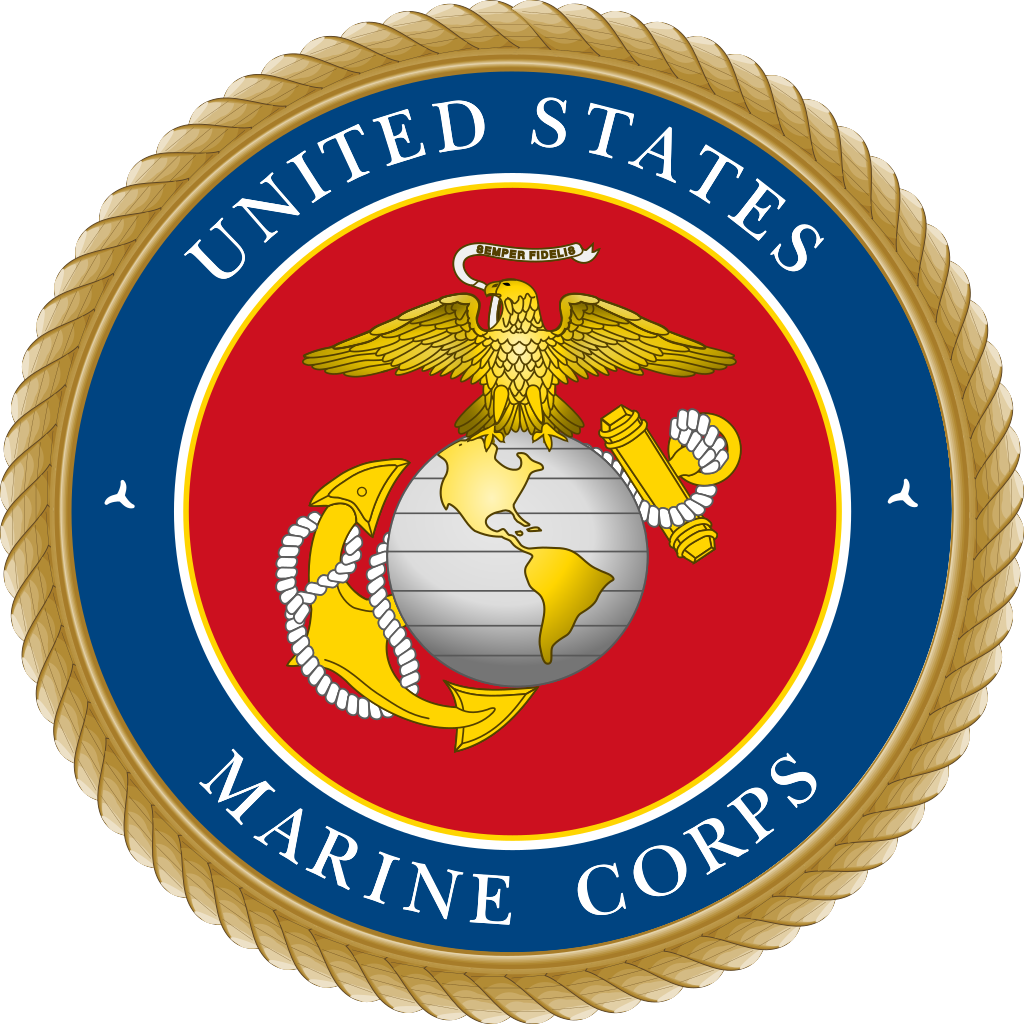
MARINE CORPS DEPLOYMENT | 
|
|
1st Marine Regiment
Colonel Stephen Rogers
Colonel Stephen Rogers
| Order of Battle | Personnel | Garrison |
| 1st Amphibious Battalion, 1st Marines | 333 Personnel | Camp Lejeune, North Carolina |
Marine Aircraft Group 26
Colonel William Morgan
Colonel William Morgan
| Squadron | Aircraft | Number of Aircraft | Personnel | Garrison |
| Marine Medium Tiltrotor Squadron 301 | MV-22B Osprey | 10 | 20 Pilots | Marine Corps Air Station New River, NC |
| Marine Medium Tiltrotor Squadron 302 | MV-22B Osprey | 10 | 20 Pilots | Marine Corps Air Station New River, NC |
DETAILS
Marines - (All per soldier) Well rested and fed;
Apparel: x1 Enhanced Combat Helmet, x1 cold-weather combat uniform, x1 warm-weather combat uniform, x1 Full Spectrum Battle Equipment Amphibious Assault Vest, x1 part of Marine Combat boots; x1 The Individual First Aid Kit;
Weapons: x1 M4A1 5.56mm Carbine (x1 30-round magazine loaded; x7 additional 30-round magazines); x1 Beretta M9A1 (x1 15-round magazine loaded; x2 additional 15-round magazines); x1 OKC-3S bayonet.
Maine Pilots - x1 Combat uniform; x1 Flight Uniform; x1 Beretta M9 + 4 additional clips.
|

| 
ARMY NATIONAL GUARD DEPLOYMENT | 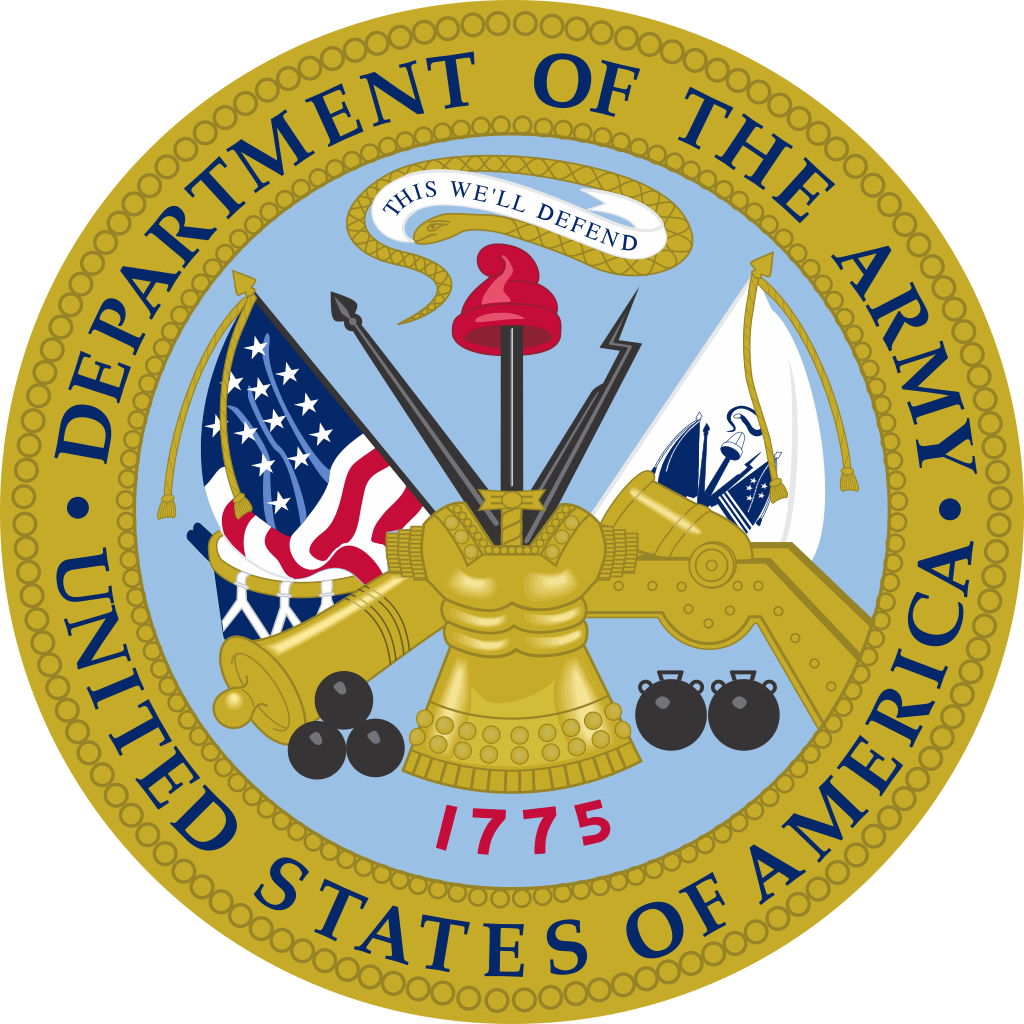
|
|
| Order of Battle | Personnel | Garrison |
| 21st Military Police Battalion | 600 Personnel | D.C. Armory, Washington D.C. |
| 22nd Military Police Battalion | 600 Personnel | D.C. Armory, Washington D.C. |
DETAILS
National Guard Soldiers - (All per soldier) Well rested and fed;
Apparel: x1 Enhanced Combat Helmet, x1 warm-weather combat uniform, x1 formal dress uniform, x1 Full Spectrum Battle Equipment Amphibious Assault Vest, x1 part of Marine Combat boots; x1 The Individual First Aid Kit; x1 riot armor; x1AN/PRC-148 for officers or designated radiomen.
Weapons: x1 M4A1 5.56mm Carbine (x1 30-round magazine loaded; x7 additional 30-round magazines); x1 Beretta M9A1 (x1 15-round magazine loaded; x2 additional 15-round magazines); x1 OKC-3S bayonet; x1 Army-issued riot shield; x1 Army-issued baton; x2 ABC-M7A3 tear gas grenade; x1 white smoke grenade.
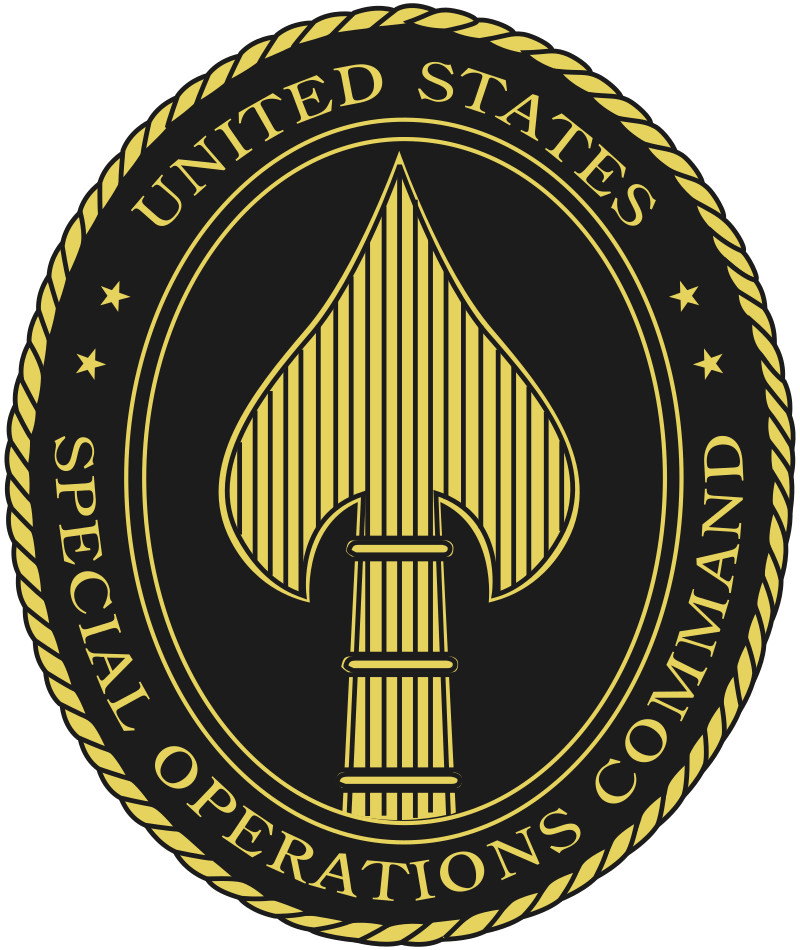
| 
JSOC DEPLOYMENT | 
|
|
TASK FORCE GREEN
Lieutenant Colonel George Olsen
Lieutenant Colonel George Olsen
| A Squadron | 44 Operators | Fort Bragg, North Carolina |
| E Squadron | 53 Operators (x20 Pilots, x2 Aircraft Commanders, x7 Flight Engineers, x12 Gunners) | Fort Bragg, North Carolina |
DETAILS
A Squadron - Operators in this squadron have the equipment and weapons listed below, per soldier.
Apparel: x1 Enhanced Combat Helmet; x1 Army Combat Uniform (as well as boots and gloves) with American flag patch, x1 Jumpable Plate Carriers, x1 four-eyed special forces night vision/infrared goggles; x1 AN/PRC-148 Multiband Inter/Intra Team Radio; x1 The Individual First Aid Kit.
Weapons: x1 HK416 rifle +10 30-round magazines and bayonet, x1 M1911 +4 magazines; x4 flashbangs; x1 white smoke grenade, x1 orange smoke grenade, x2 red flares.
E Squadron - Operators in this squadron have the equipment and weapons listed below, per soldier. Vehicles operated by E Squadron are listed below.
Vehicles: x6 MH-60M Black Hawk (combined total of x12 pilots, x12 gunners)
Apparel: x1 Enhanced Combat Helmet; x1 Army Combat Uniform (as well as boots and gloves) with American flag patch, x1 Jumpable Plate Carriers, x1 four-eyed special forces night vision/infrared goggles; x1 AN/PRC-148 Multiband Inter/Intra Team Radio; x1 The Individual First Aid Kit.
Weapons: x1 HK416 rifle +10 30-round magazines and bayonet, x1 M1911 +4 magazines; x4 flashbangs; x1 white smoke grenade, x1 orange smoke grenade, x2 red flares.
|
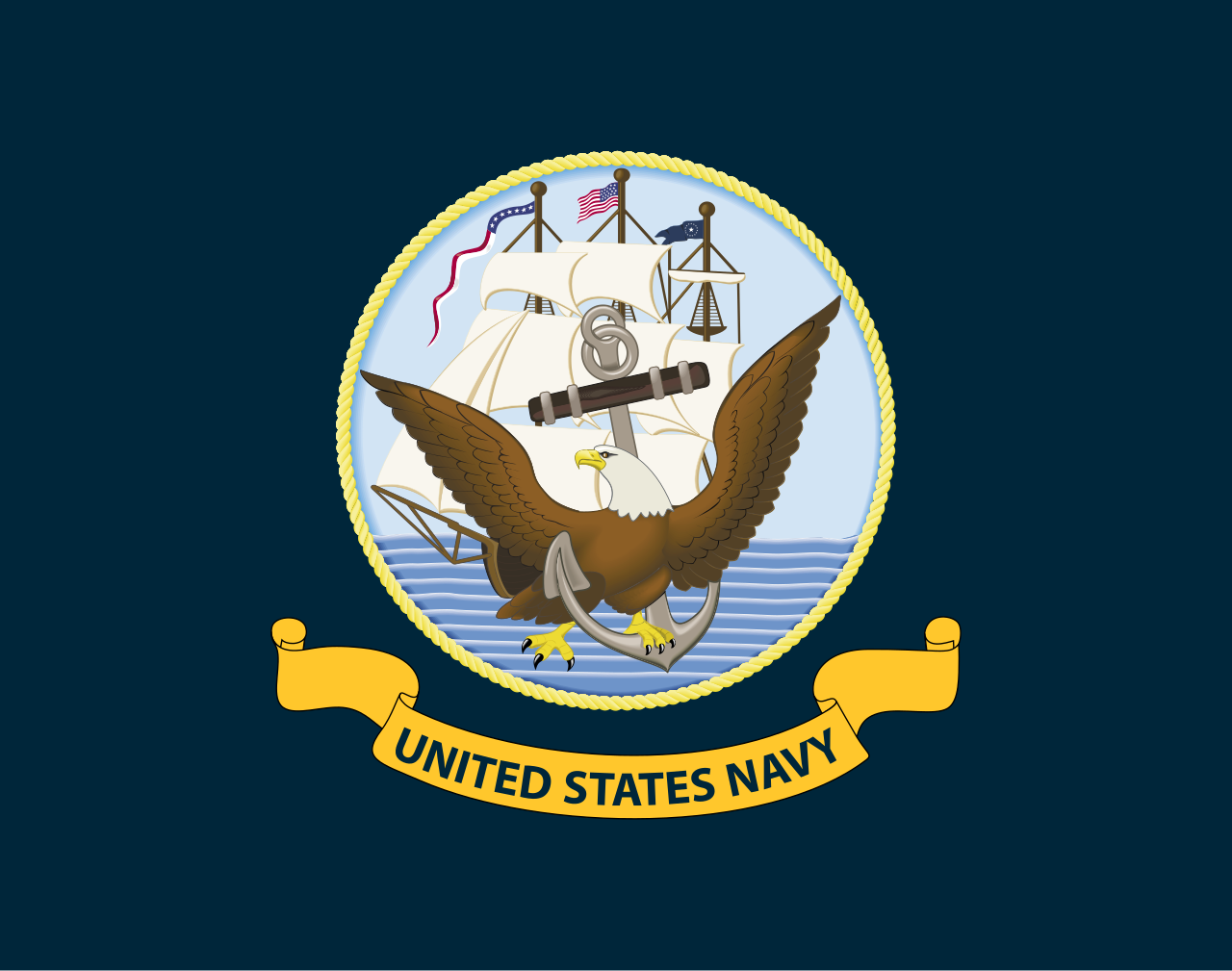
| 
DEPLOYMENT ORDERS | 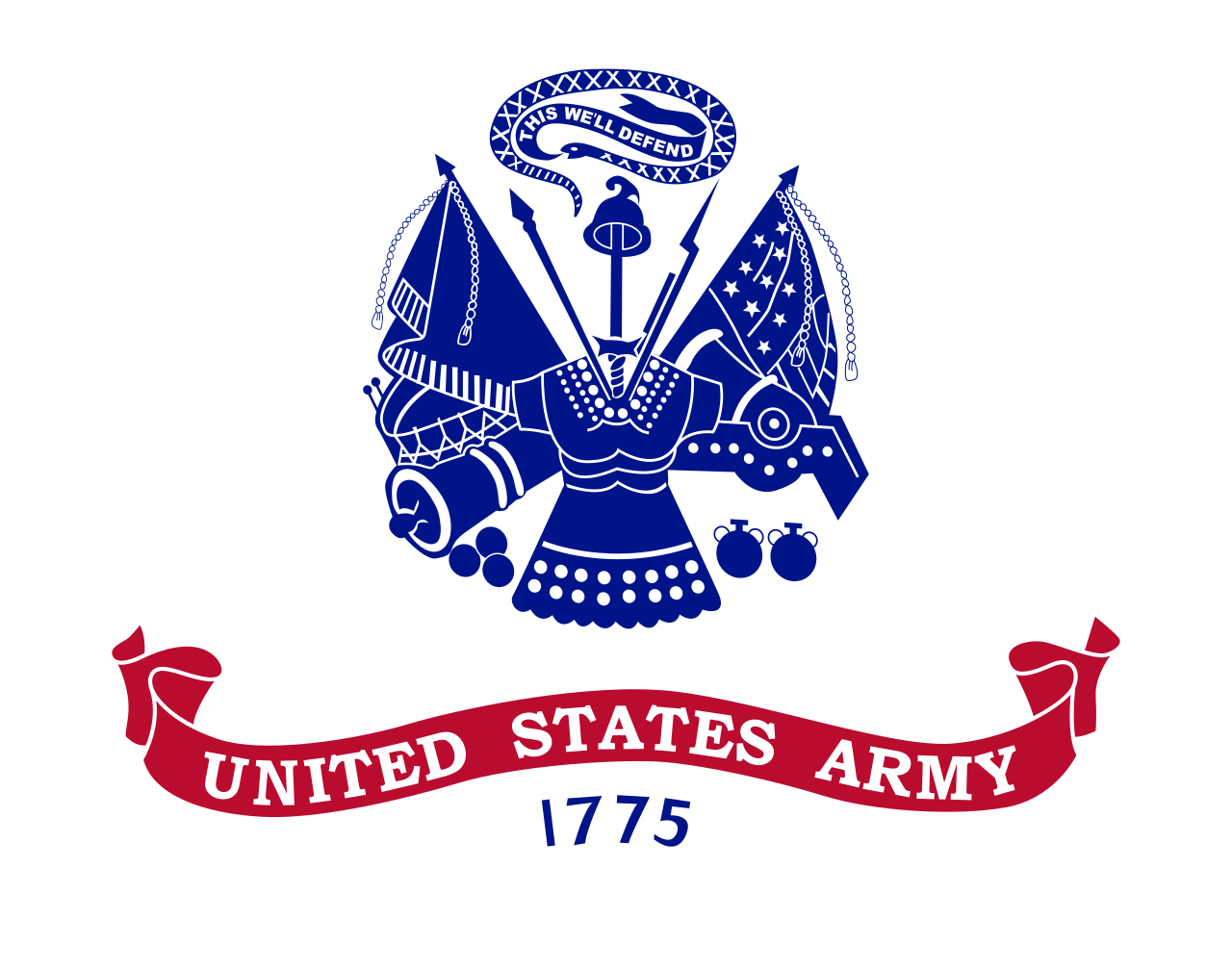
|
|
CONTEXT
The death of Pope John Paul II shocked and saddened the world. The Federal government was also surprised. While the CIA believed that the Pope's health was waning, the agency felt confident that he would still have five years of leading the Roman Catholic Church from the Throne of Saint Peter. Nevertheless, CIA analysts turned out to be wrong and a new Pope would need to be elected. After back and forth discussion between the Holy See and the American Ambassador assigned to them, the White House offered to deploy a carrier task force and 1200 troops to Rome to help secure the Vatican. The acting sovereign of the Vatican accepted this offer, so the President ordered that immediate preparations be made to initiate Operation Seraphim.
ATLANTIC THEATER
President Gore ordered the mobilization of the 21st and 22nd Military Police Battalions of the District of Columbia National Guard. All of the troops, vehicles, vessels, aircraft, and equipment for this deployment would be transported to Naval Support Activity Hampton Roads. All of the aircraft would properly loaded onto, or properly flown and landed onto, their respective vessels. All of the ships would be manned and replenished in the proper way. Submarine Squadron Two would remain off the coast of Virginia at the proper height and depth and wait for the deployment of the rest of CSG-2 and Task Force Blue. All of the Army special forces would be loaded onto the USS Wasp, along with their blackhawks; the National Guard soldiers and Marines would also, of course, be loaded onto the Wasp. Once the entire fleet was prepared for deployment (and all of the troops and equipment were aboard), the fleet would depart from Naval Support Activity Hampton Roads in an orderly manner and go out to the open Atlantic.
The entire fleet would travel at 16 knots while out at sea (unless an emergency situation occurred). One of the submarines would lead the fleet while the other two would flank the fleet (with several thousand feet between the submarines and the closest surface vessel). The submarines would, at all times avoid collision with the bottom of the sea or underwater obstructions, as well as with each other and surface vessels. They would remain approximately 300 feet below the surface. The other vessels would keep a reasonable and safe distance from each other for the speed that they are travelling and ensure that they would not be at risk of colliding with each other (they would take into account the weather and sea conditions as well). The USS Nimitz and USS Waspwould be in the center of the formation, then surrounded by the oilers and replenishment vessels, and then the destroyers, and then the cruisers leading the formations. All of the vessels would be using their active and passive radar and sonar to constantly be searching for other vessels and submarines on the surface and below the waves, as well as aircraft in the skies.
Finally, throughout this deployment, there would always be at least four F/A-18E Super Hornets flying in formations of two. They would be patrolling dozens of miles out around the fleet as well as training. The aircraft would land back on the carrier when necessary in order to avoid running too low on fuel. Also, there would always be at least E-2D Hawkeye in the skies flying around the fleet, monitoring the skies using its powerful radars and equipment to look for threats. The Super Hornets would fly at varying altitudes, but mostly around their cruising altitude, while the E-2D would be flying around its cruising altitude so that its radars were most effective to monitor the skies. All of this information and data would be securely fed back to the Nimitz so that it can be shared with the rest of the fleet, if necessary. Finally, the aircraft would rotate pilots and aircraft in order to prevent exhaustion of pilots and too much stress on the aircraft.
The fleet would sail from the Eastern Seaboard to the Straight of Gibraltar, and to the Tyrrhenian Sea, approximately 40 miles from the western most point of the Vatican, and approximately 26 miles from the coast of Italy. The approximate final location of the fleet would be: (41.587396, 11.792059). While travelling the approximate 39 miles through the straight of Gibraltar, the entire fleet would be ordered to battle stations as a drill.
The Italian government would be kept aware (securely) of when this deployment would be made, since the intention was to patrol Italian airspace until the interment of the late Pope. The Vatican would also be securely informed of when this deployment was made and approximately when it would be arriving off the coast of Italy.
The entire fleet would travel at 16 knots while out at sea (unless an emergency situation occurred). One of the submarines would lead the fleet while the other two would flank the fleet (with several thousand feet between the submarines and the closest surface vessel). The submarines would, at all times avoid collision with the bottom of the sea or underwater obstructions, as well as with each other and surface vessels. They would remain approximately 300 feet below the surface. The other vessels would keep a reasonable and safe distance from each other for the speed that they are travelling and ensure that they would not be at risk of colliding with each other (they would take into account the weather and sea conditions as well). The USS Nimitz and USS Waspwould be in the center of the formation, then surrounded by the oilers and replenishment vessels, and then the destroyers, and then the cruisers leading the formations. All of the vessels would be using their active and passive radar and sonar to constantly be searching for other vessels and submarines on the surface and below the waves, as well as aircraft in the skies.
Finally, throughout this deployment, there would always be at least four F/A-18E Super Hornets flying in formations of two. They would be patrolling dozens of miles out around the fleet as well as training. The aircraft would land back on the carrier when necessary in order to avoid running too low on fuel. Also, there would always be at least E-2D Hawkeye in the skies flying around the fleet, monitoring the skies using its powerful radars and equipment to look for threats. The Super Hornets would fly at varying altitudes, but mostly around their cruising altitude, while the E-2D would be flying around its cruising altitude so that its radars were most effective to monitor the skies. All of this information and data would be securely fed back to the Nimitz so that it can be shared with the rest of the fleet, if necessary. Finally, the aircraft would rotate pilots and aircraft in order to prevent exhaustion of pilots and too much stress on the aircraft.
The fleet would sail from the Eastern Seaboard to the Straight of Gibraltar, and to the Tyrrhenian Sea, approximately 40 miles from the western most point of the Vatican, and approximately 26 miles from the coast of Italy. The approximate final location of the fleet would be: (41.587396, 11.792059). While travelling the approximate 39 miles through the straight of Gibraltar, the entire fleet would be ordered to battle stations as a drill.
The Italian government would be kept aware (securely) of when this deployment would be made, since the intention was to patrol Italian airspace until the interment of the late Pope. The Vatican would also be securely informed of when this deployment was made and approximately when it would be arriving off the coast of Italy.
TRANSIT
FM>GM>HM>IM>JM>JN
Ender
|
Last edited:


